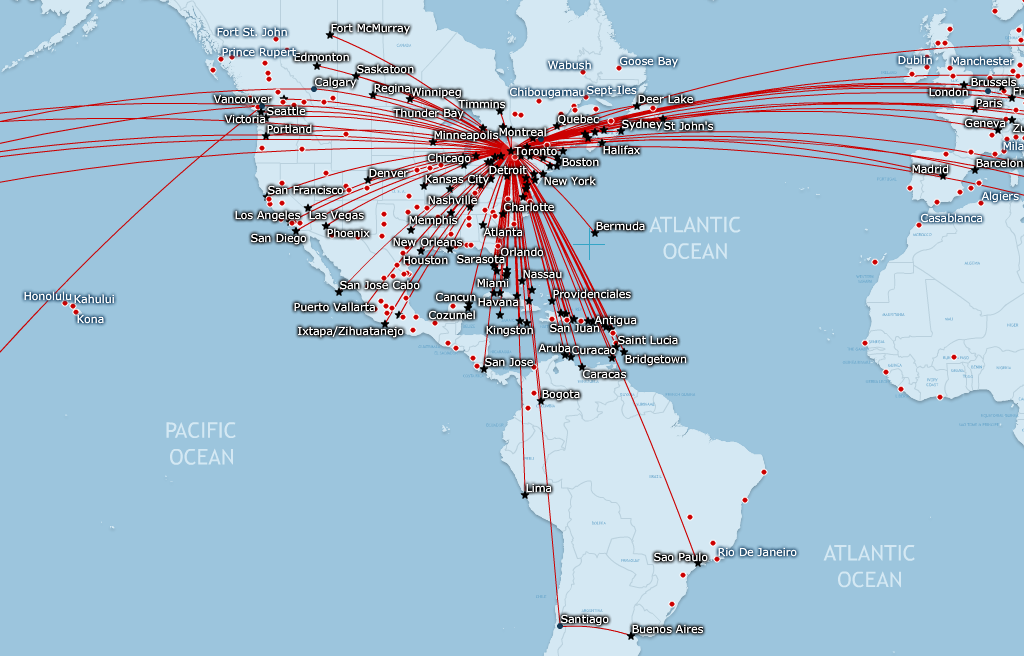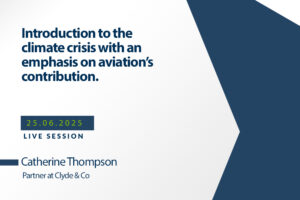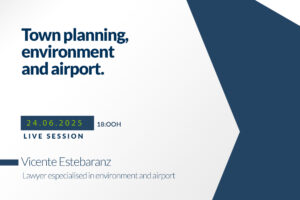
How does an airline decide where to fly?
News
By Alejandro Baró, teacher at ITAérea and Comercial Performance Analyst at Volotea Airlines.
Airlines are the most visible element in the air transport value chain, but they are also the participants with the lowest profitability ratio in the sector. For that reason, having a good strategy and flying the right routes is key to their success. For this purpose, the airlines have a Network Planning department, in charge of analyzing and studying air routes. This department, which is part of the commercial and strategy area of the company, decides from which cities to which cities an airline flies, that is, the routes it offers.
To do this, airlines have large databases with passenger air traffic records. This makes it possible to carry out studies on the evolution of traffic and forecast demand to understand where the customer wants to fly from. In order to give an answer, the studies of the Network Planning department focus on two main calculations: the number of passengers that will fly with the company and how much they will pay for it. These two calculations are based on two key variables in the sector: the load factor (LF%) and the average rate. The first indicates the percentage of tickets sold while the second indicates the average price at which they have been sold.
On the other hand, there are other factors that influence the economic results of the routes that an airline flies, such as the day of the week on which the route is offered, the time, the month of the year, or if a competitor offers the same destination or an alternative destination. Therefore, the experience of the airline itself with other routes allows it to make better decisions in relation to the aforementioned aspects.
Despite the expected results for the routes, the company must operate what is consistent with its strategy and development plan. It should seek to fully expand the destination network of its major airports and be the strongest competitor in its major markets. In addition, all operational restrictions that take place in each case and that may prevent a specific route from being flown must be complied with and respected. Some of these limitations may be related to the fleet that the airline operates, flight permits or availability of airport slots.
Once the Network Planning department has carried out the corresponding studies and analyzed the competition, the final decision can be made as to where the airline is going to fly.
For all the above, the commercial and strategy area of an airline faces continually changing situations, having to respond to variations in demand and competition by offering what is really profitable.
CONTACT info@itaerea.com +34 968 966 885 TEACHERS TRAINING





